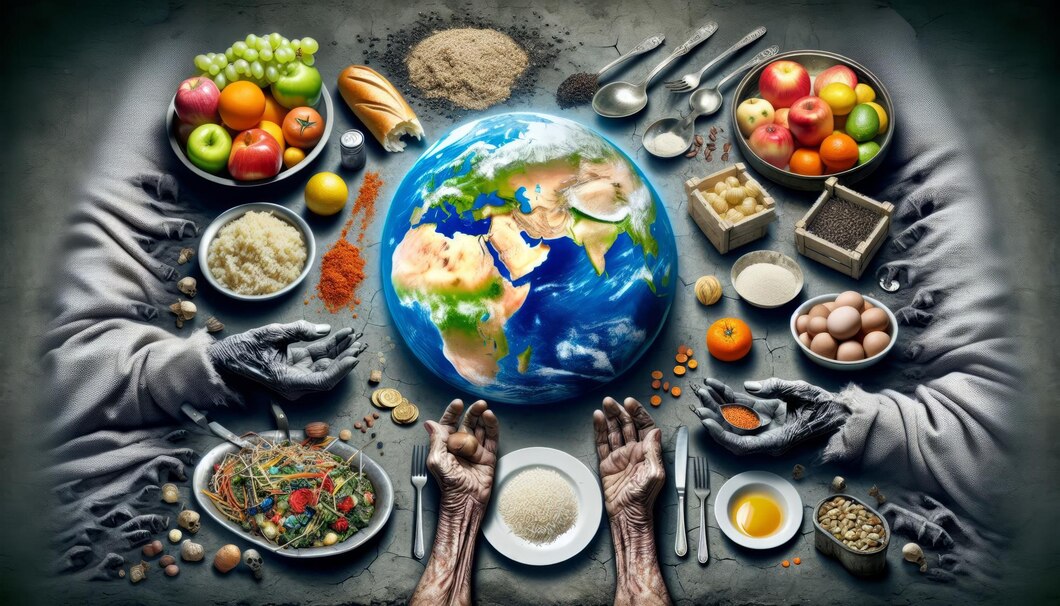Food contamination is a significant concern that can lead to foodborne illnesses, affecting health and well-being. Understanding the various types of food contamination and how to prevent them is crucial for ensuring food safety. Here are five common types of food contamination and essential safety tips to keep your food safe.
1. Biological Contamination
Biological contamination occurs when harmful microorganisms such as bacteria, viruses, parasites, or fungi are present in food. This type of contamination is the most frequent cause of foodborne illnesses.
Examples:
- Bacteria: Salmonella, E. coli, and Listeria.
- Viruses: Norovirus and Hepatitis A.
- Parasites: Giardia and Toxoplasma.
Safety Tips:
- Cook Thoroughly: Ensure food reaches the proper internal temperature to kill harmful microorganisms. Use a food thermometer to check.
- Maintain Cleanliness: Wash hands, utensils, and surfaces regularly with hot, soapy water.
- Avoid Cross-Contamination: Use separate cutting boards and knives for raw and cooked foods.
2. Chemical Contamination
Chemical contamination happens when food comes into contact with harmful chemicals. These can include pesticides, cleaning agents, food additives, and environmental pollutants.
Examples:
- Pesticides: Residues on fruits and vegetables.
- Cleaning agents: Detergents and sanitizers.
- Heavy metals: Lead and mercury.
Safety Tips:
- Rinse Produce: Wash fruits and vegetables thoroughly under running water to remove pesticide residues.
- Proper Storage: Store chemicals away from food storage and preparation areas.
- Follow Guidelines: Use food additives and chemicals according to safety guidelines and regulations.
3. Physical Contamination
Physical contamination occurs when foreign objects find their way into food. This can include items like hair, glass, metal fragments, or insects.
Examples:
- Foreign objects: Hair, plastic pieces, or stones.
- Packaging materials: Fragments of plastic or metal from food packaging.
- Natural contaminants: Insects or their parts.
Safety Tips:
- Inspect Food: Check food thoroughly before consumption to ensure no foreign objects are present.
- Maintain Cleanliness: Keep the kitchen clean and organized to prevent accidental contamination.
- Check Packaging: Inspect food packaging for damage before use.
4. Cross-Contamination
Cross-contamination is when harmful bacteria or other microorganisms are transferred from one surface or food to another. This often happens when raw and cooked foods are not kept separate.
Examples:
- Cutting Boards: Using the same cutting board for raw meat and vegetables.
- Utensils: Touching cooked food with utensils that have contacted raw food.
- Storage: Storing raw meat above ready-to-eat foods in the refrigerator.
Safety Tips:
- Separate Utensils: Use different cutting boards and utensils for raw and cooked foods.
- Proper Storage: Store raw and cooked foods separately in the refrigerator.
- Sanitize Surfaces: Clean and sanitize kitchen surfaces and tools after each use.
5. Allergenic Contamination
Allergenic contamination occurs when food allergens are unintentionally introduced into foods that are otherwise safe for non-allergic individuals. This can lead to severe allergic reactions.
Examples:
- Cross-Contact: Between peanuts and other foods.
- Traces of Allergens: Gluten in gluten-free products.
- Residues: Dairy residues in non-dairy foods.
Safety Tips:
- Label Clearly: Clearly label foods containing common allergens.
- Separate Preparation: Use separate equipment and preparation areas for allergen-free foods.
- Educate Staff: Ensure that everyone involved in food preparation is aware of allergen risks and prevention methods.
Importance of Food Safety Training
Understanding the different types of food contamination and how to prevent them is essential for maintaining food safety. Food safety training can provide valuable knowledge on best practices for handling, preparing, and storing food. By being vigilant and adhering to food safety guidelines, you can significantly reduce the risk of contamination and ensure that the food you prepare is safe and enjoyable.
In conclusion, being aware of and preventing food contamination is critical for protecting health and ensuring food safety. Incorporating food safety training into your routine can help you avoid common types of food contamination and keep your meals both safe and delicious.




